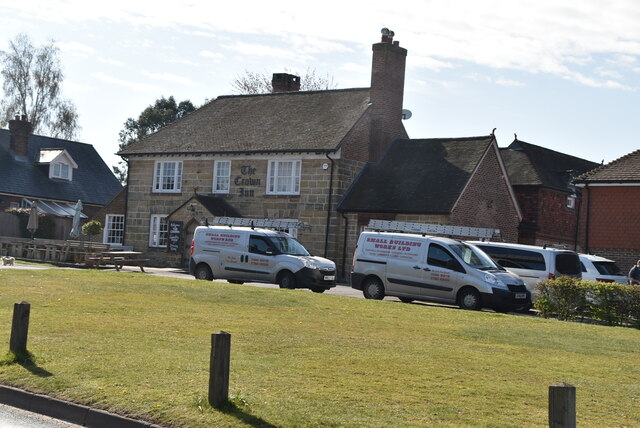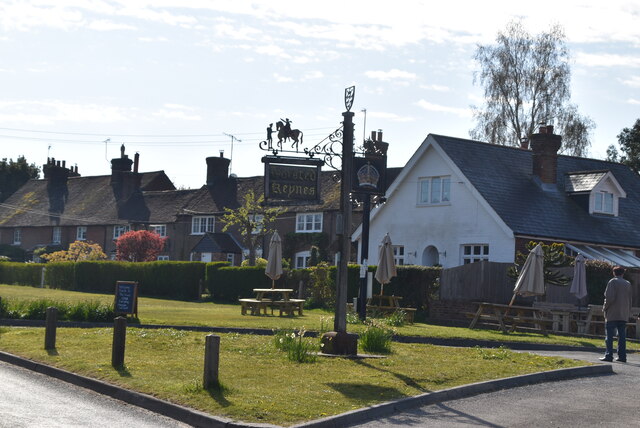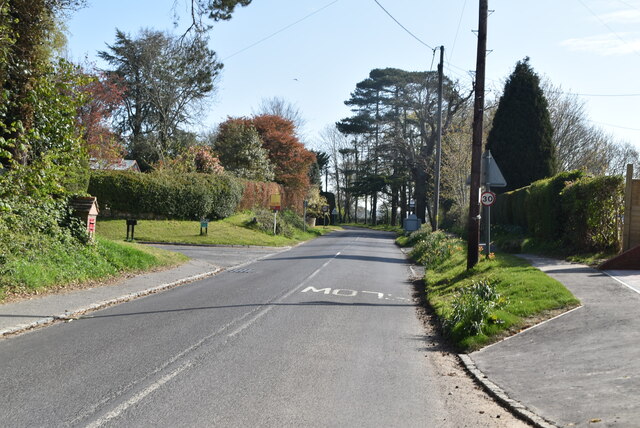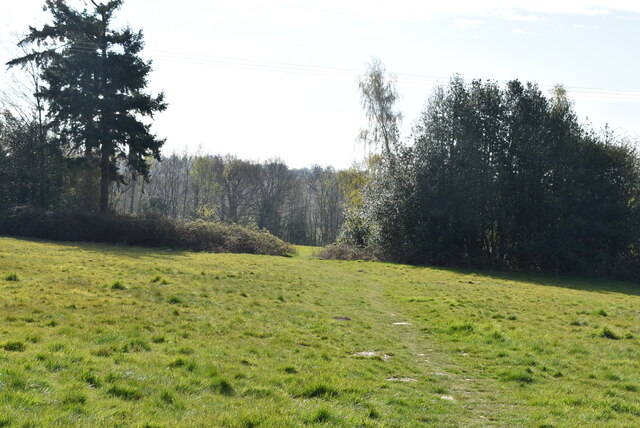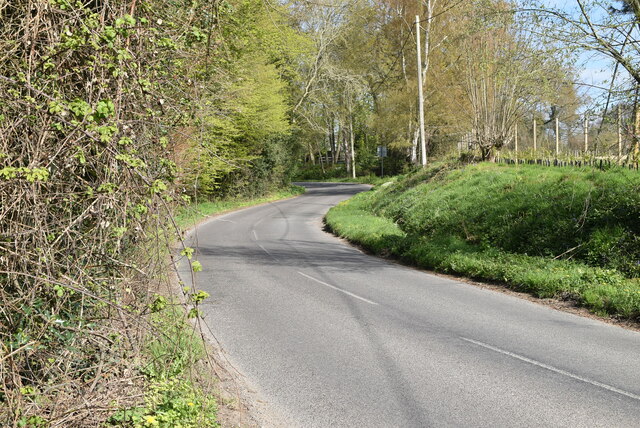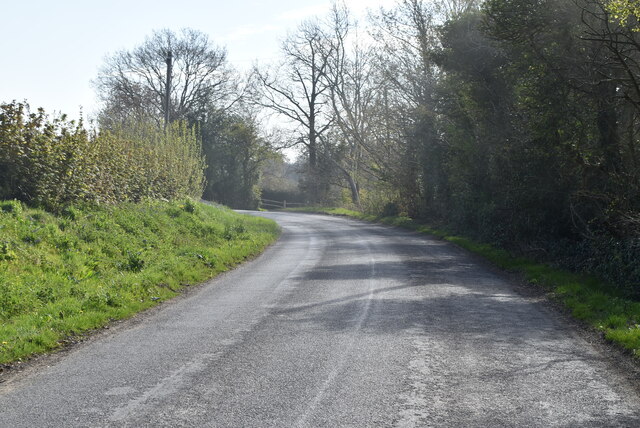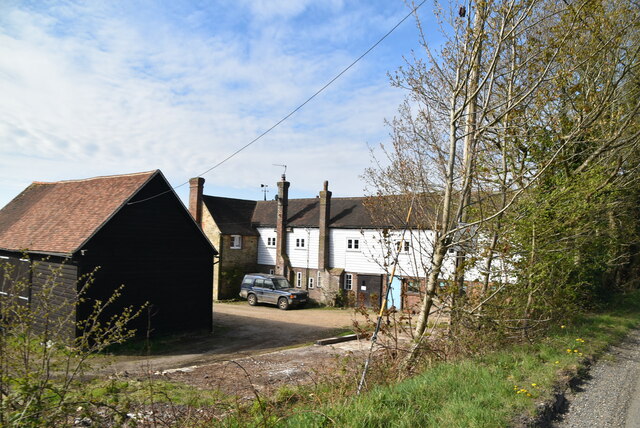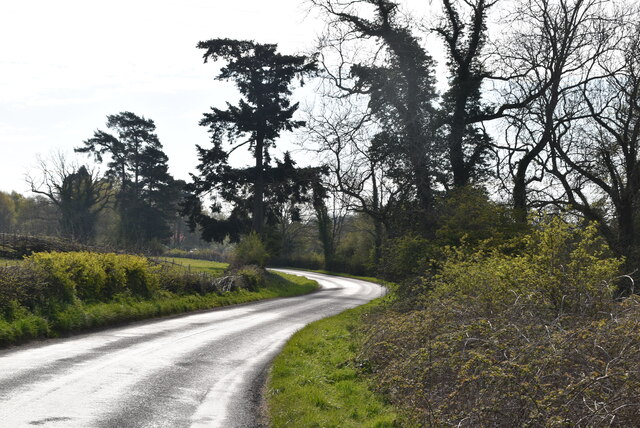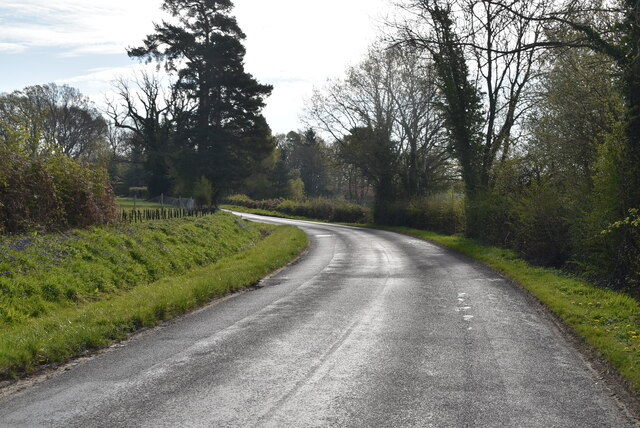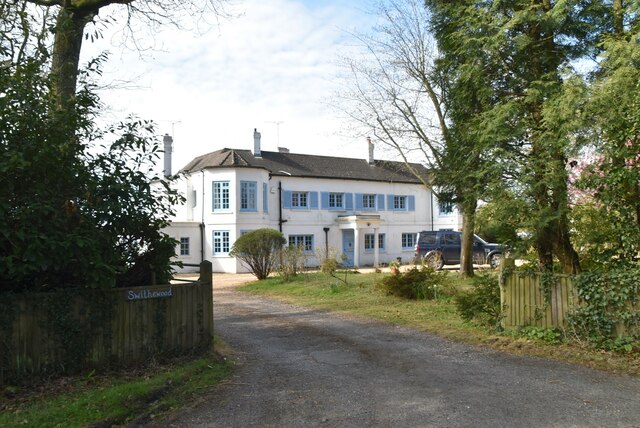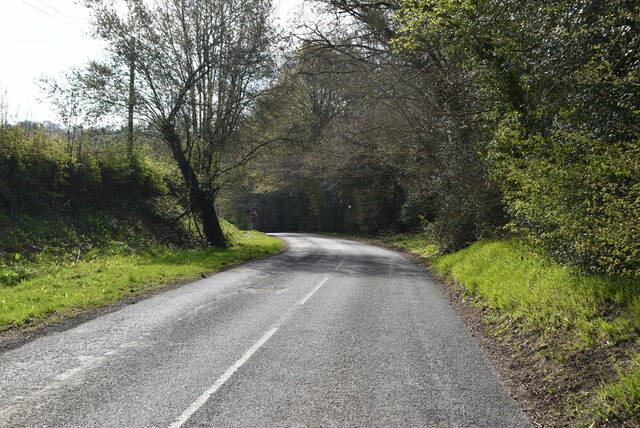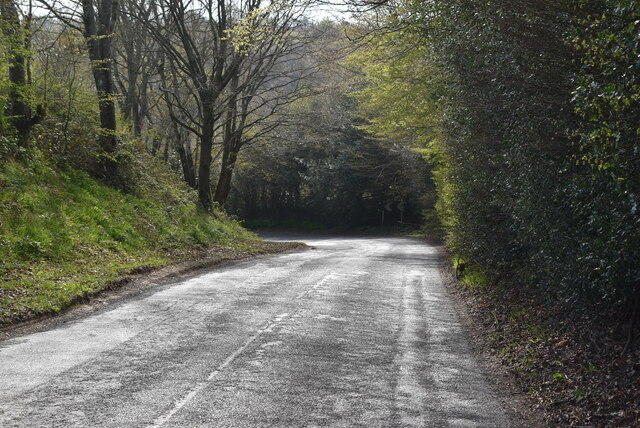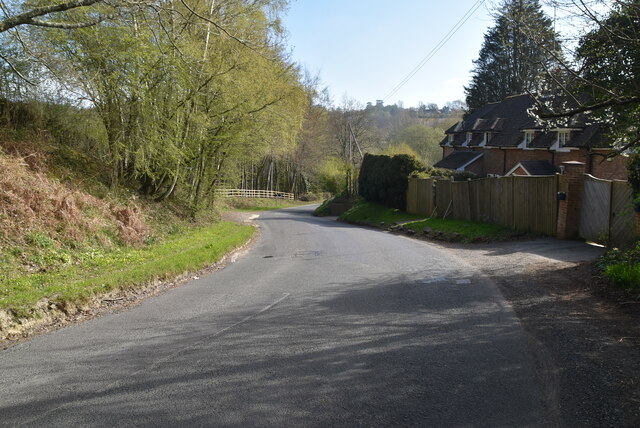Northfield Shaw
Wood, Forest in Sussex Mid Sussex
England
Northfield Shaw
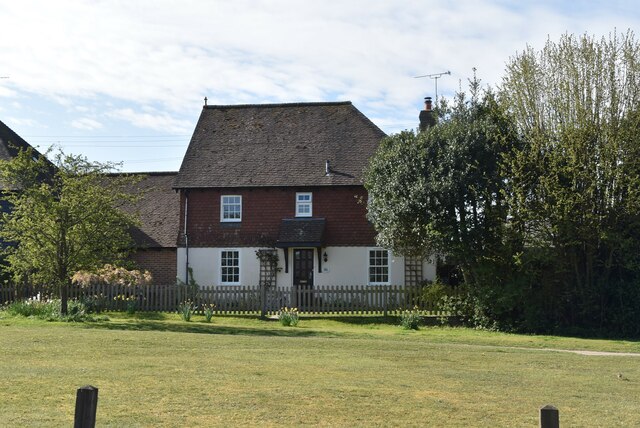
Northfield Shaw is a picturesque woodland area located in Sussex, England. With its lush greenery and dense forest, it offers visitors a serene and tranquil environment to escape the hustle and bustle of daily life. Spread across a vast expanse, Northfield Shaw is a haven for nature enthusiasts and outdoor lovers.
The woodland is characterized by a variety of tree species, including oak, beech, and birch, creating a diverse and vibrant ecosystem. The canopy formed by these towering trees provides shade and shelter for a multitude of wildlife, such as deer, squirrels, and various bird species. It is not uncommon to spot a red kite soaring high in the sky, adding to the area's natural beauty.
Traversing through Northfield Shaw, visitors can explore numerous woodland trails and footpaths that wind through the forest, allowing for leisurely walks or more challenging hikes. These paths offer breathtaking views of the surrounding countryside, with glimpses of rolling hills and meandering streams. The forest floor is also adorned with a stunning array of wildflowers during the spring and summer months.
Northfield Shaw is not only a place of natural beauty but also of historical significance. The woodland is home to remnants of ancient settlements, including Iron Age hillforts and Roman ruins, providing a glimpse into the area's rich history.
Overall, Northfield Shaw is a captivating woodland retreat that offers a perfect blend of natural splendor and historical intrigue. Whether for a peaceful stroll, a bird-watching expedition, or a historical exploration, this enchanting forest in Sussex promises a memorable experience for all who visit.
If you have any feedback on the listing, please let us know in the comments section below.
Northfield Shaw Images
Images are sourced within 2km of 51.02954/-0.020518044 or Grid Reference TQ3827. Thanks to Geograph Open Source API. All images are credited.

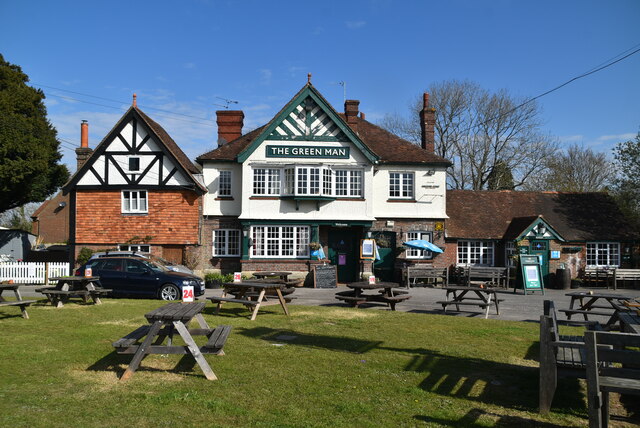
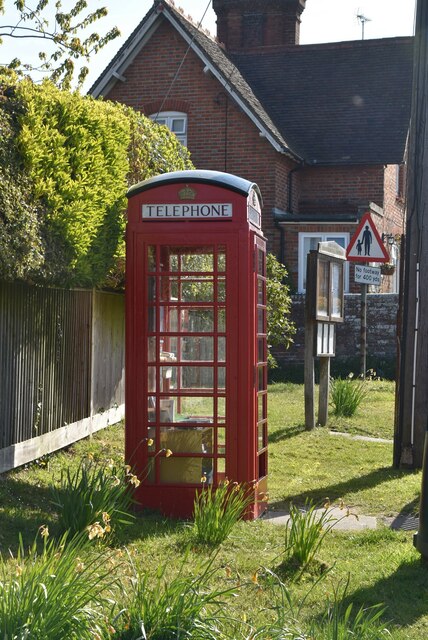
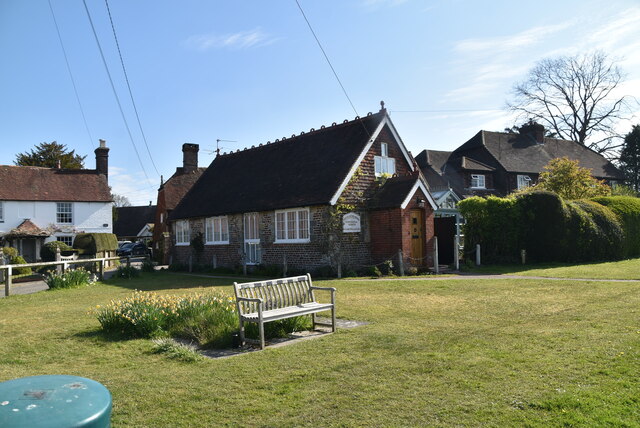
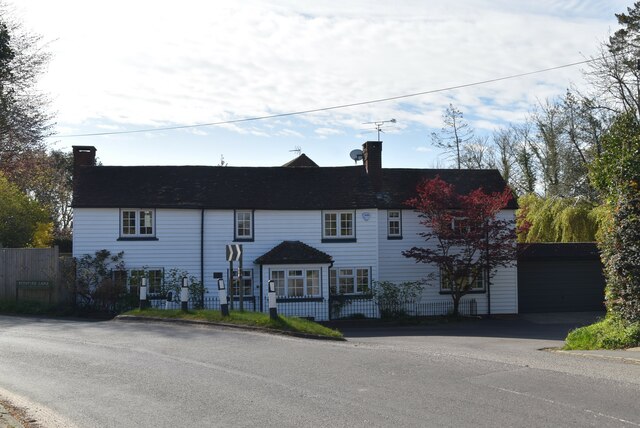
Northfield Shaw is located at Grid Ref: TQ3827 (Lat: 51.02954, Lng: -0.020518044)
Administrative County: West Sussex
District: Mid Sussex
Police Authority: Sussex
What 3 Words
///rephrase.discloses.sweetly. Near Horsted Keynes, West Sussex
Nearby Locations
Related Wikis
Horsted Keynes
Horsted Keynes KAYNZ is a village and civil parish in the Mid Sussex District of West Sussex, England. The village is about 5 miles (8 km) north east...
Freshfield Lane
Freshfield Lane is a 17-hectare (42-acre) geological Site of Special Scientific Interest east of Haywards Heath in West Sussex. It is a Geological Conservation...
St Giles' Church, Horsted Keynes
St Giles' Church is an Anglican church in the village of Horsted Keynes in Mid Sussex, one of seven local government districts in the English county of...
Danehill, East Sussex
Danehill is a village in East Sussex, England. == Religious sites == There are two Anglican churches in the parish: one at Danehill (dedicated to All Saints...
Bluebell Railway
The Bluebell Railway is an 11 mi (17.7 km) heritage line almost entirely in West Sussex in England, except for Sheffield Park which is in East Sussex....
Lindfield & High Weald (electoral division)
Lindfield & High Weald is an electoral division of West Sussex in the United Kingdom, and returns one member to sit on West Sussex County Council. ��2...
Furner's Green
Furner's Green is a hamlet in the civil parish of Danehill in East Sussex, England. == Geography == Furner's Green lies on the Greenwich Meridian about...
Horsted Keynes railway station
Horsted Keynes railway station is a preserved railway station on the Bluebell Railway in Sussex. The station has been used as a shooting location in several...
Nearby Amenities
Located within 500m of 51.02954,-0.020518044Have you been to Northfield Shaw?
Leave your review of Northfield Shaw below (or comments, questions and feedback).
